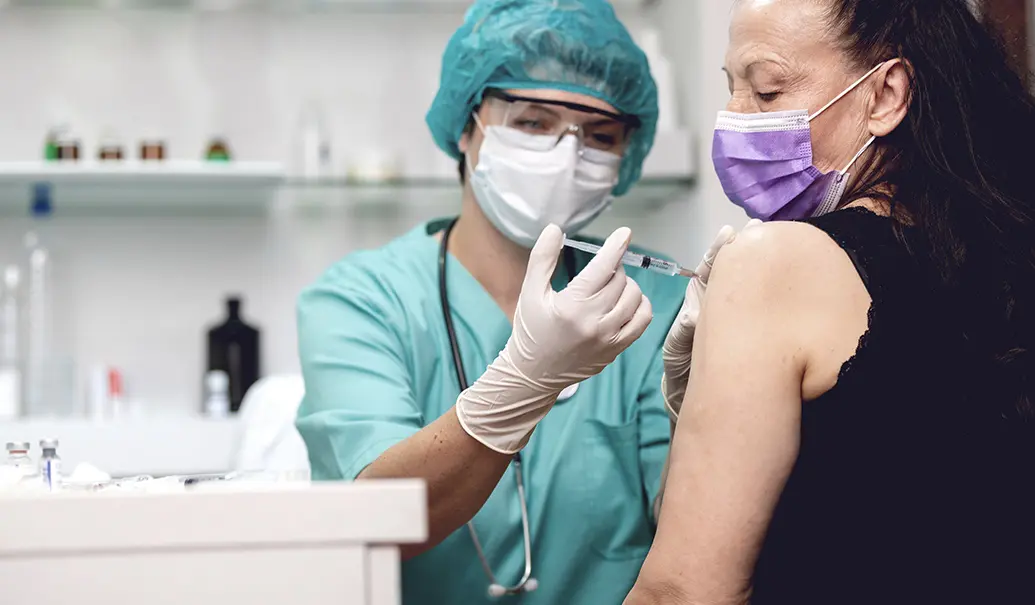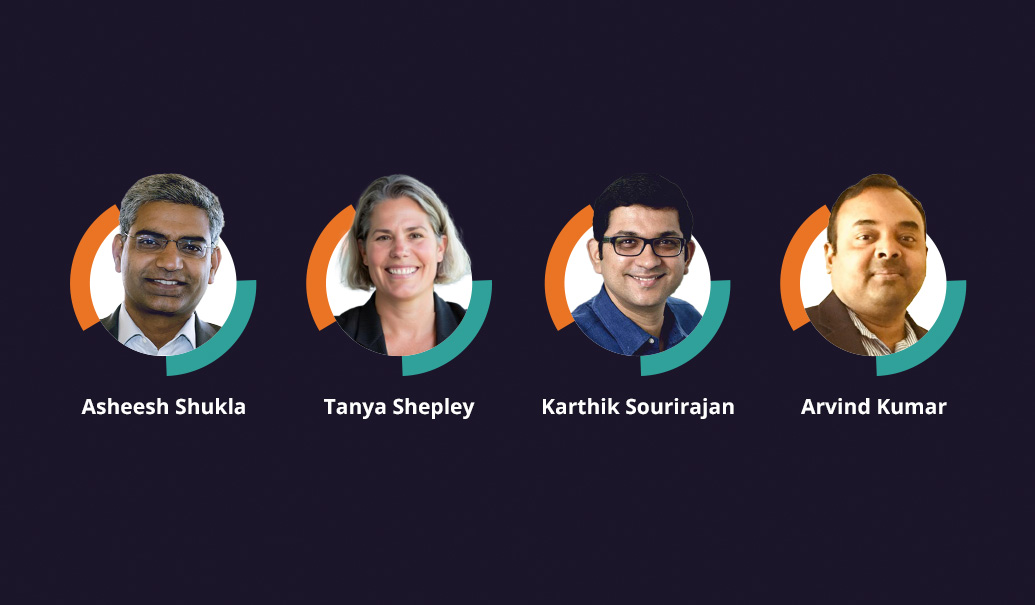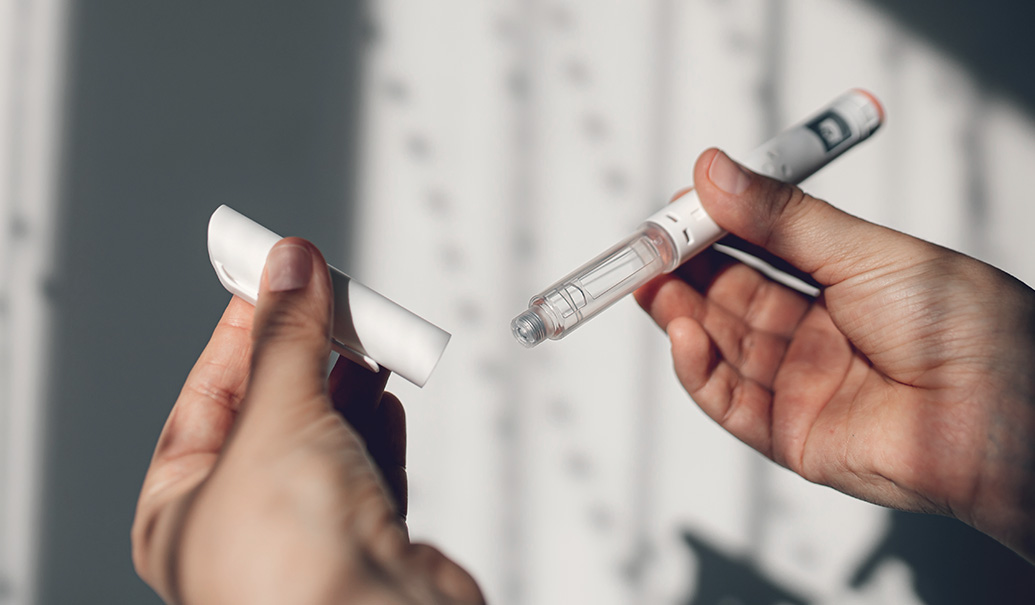The COVID-19 pandemic has infected over 35 million patients globally and killed over one million, highlighting the urgent need for life-saving treatments. In the U.S., two therapies—remdesivir and convalescent plasma—have received an Emergency Use Authorization (EUA) for COVID-19, which allows healthcare providers to prescribe the product during an emergency when there are few alternatives. Sixteen products, including dexamethasone, have been included in a temporary policy for compounding drugs for COVID-19 hospitalized patients. Treatments that further reduce both morbidity and mortality, however, remain an unmet medical need. In this post, we explore therapy development timelines to better understand when and which COVID-19 therapies are expected to reach the market.
We previously explored vaccine development timelines to understand when an effective vaccine might become available for widespread public use. From both a public health and economic standpoint, preventive measures can mitigate health risks while reducing consumer and government cost of care. Vaccines, however, are not fully preventive, and if the SARS-CoV-2 virus remains in circulation, infected individuals will need to be treated. Additionally, vaccine development still poses several challenges that highlight the need for an effective treatment:
- Imperfect efficacy: The U.S. Food and Drug Administration (FDA) is requiring COVID-19 vaccine developers to demonstrate that their candidate is at least 50% more effective in preventing disease than placebo—even at full vaccination where transmission is reduced, the virus may remain in circulation.
- Limited global access: Leading manufacturers are targeting a billion doses by 2021, leaving a significant portion of the global population without access as vaccine production and distribution ramps up.
- Vaccine sentiment: Recent polls suggest that upward of half of the U.S. population may be hesitant to receive a coronavirus vaccine in the near-term, potentially limiting the vaccinated population short of the 50 to 80% experts predict are needed to achieve COVID-19 herd immunity.
The overall development timelines for COVID-19 therapies depend heavily on whether the agent in development is being repurposed from another indication or is a novel drug or biologic. Treatment repurposing involves identifying a new therapeutic use for an existing treatment that has previously entered clinical development for another indication, while novel agents are those entering clinical trials for COVID-19 as their lead indication (including novel biologic drugs, which are manufactured or extracted living organisms). Antivirals and immunomodulators repurposed from other indications (e.g., remdesivir, which was initially investigated for Ebola) can skip the early phases of development and therefore are the fastest to come to market. This shortened clinical development timeline is due to these therapies undergoing initial clinical trials for other indications, and thus have data readily available on their safety, pharmacology and formulation. Novel therapies, such as COVID-19-specific neutralizing antibodies and select antivirals, may take longer given that research begins at the discovery phase. This helps explain why less than 10% of the hundreds of therapies in development for COVID-19 are novel—most are repurposed from other indications to expedite the development process.
Multiple manufacturers of neutralizing antibodies—including Regeneron and Eli Lilly—are aiming to receive an EUA by the end of the year (and at the time of writing, both companies have requested EUAs). Manufacturers have implemented multiple ways to reduce the clinical development timeframe without compromising safety. These methods include working closely with regulators—such as the FDA’s Coronavirus Treatment Acceleration Program and conducting overlapping clinical trials. Traditionally, manufacturers conduct clinical trials sequentially, beginning subsequent clinical trials upon successful completion of the previous phase with minimal overlap. Each subsequent trial typically integrates lessons from the previous trial, while potentially increasing in size, complexity and cost. During the pandemic, however, most manufacturers are conducting overlapping clinical trials and risk dedicating significant resources to preparing for and beginning execution of later-stage trials before earlier stages have completed. This means companies are assuming greater risk, since if any issues arise, they may affect multiple parallel trials in the condensed program.
Even with the condensing of timelines, companies still need to demonstrate large-scale safety and efficacy for FDA authorization; manufacture, store and ship large quantities of the product to ensure widespread access; and coordinate with government and commercial payers. To achieve this, many are opting to scale up manufacturing and initiate mass production of treatment doses prior to regulatory approval. This could mean that if trials are unsuccessful, the manufactured doses will have to be discarded.
Of the initial neutralizing antibody manufacturers, Eli Lilly was the first to report clinical results. Their LY-CoV555 program reported a decrease in COVID-19 hospitalization rates for infected patients from 6% with placebo down to 1.7%. Regeneron is developing a two-antibody cocktail, with trials focusing on both hospitalized, as well as less severe, non-hospitalized patients. Recent data from Regeneron demonstrates the ability of their antibody cocktail to reduce viral load on average by 50-99%, [ML2] depending on baseline viral levels, as well as the ability to rapidly reduce symptoms. Neutralizing antibodies, however, not only has potential efficacy in treating infected patients, but also as a prophylactic treatment. For example, Regeneron is also studying their antibody cocktail as a prophylactic approach to prevent infection post-exposure to SARS-CoV-2, investigating the antibody in “uninfected people in groups that are at high-risk of exposure (such as healthcare workers or first responders) and uninfected people with close exposure to a COVID-19 patient (such as the patient's housemate.”
Although products targeting prevention are needed to end the pandemic, there remains a need for patients with active infections for treatments that improve the course of disease. These therapies include antivirals that might slow or eradicate an established infection. Ridgeback Therapeutics and Merck, collaborators on the novel antiviral EIDD-2801, have launched two separate Phase 2 clinical trials in June following accelerated Phase 1 studies that lasted two months. If EIDD-2801 proves beneficial to patients, it could join Gilead’s remdesivir in the COVID-19 antiviral market.
“Although products targeting prevention are needed to end the pandemic, there remains a need for patients with active infections for treatments that improve the course of disease.”
Several logistical challenges have led a number of noteworthy COVID-19 therapies—particularly neutralizing antibodies—to experience multiple delays in the clinical development process, pushing back the originally planned clinical development timeline.
- Narrow eligibility window: Given the acute nature of an infectious disease, manufacturers are faced with the challenge of recruiting patients for their clinical trials in a short time frame. Regeneron’s REGN10933 + REGN10987 trial requires antibodies within seven days of disease onset, while Eli Lilly’s trial requires providing the drug within just three days of a positive test.
- Testing hurdles and overwhelmed trial sites: Beyond the challenges of a narrow eligibility window are delays in testing itself. Particularly during the height of the pandemic, slow turnaround times due to a backlog of samples causes additional recruitment delays for clinical trials. With turnaround time on test results lagging to an average wait time of four days, recruiting patients within eligibility windows has proved difficult. Further, overwhelmed trial sites that are facing staffing shortages and space constraints, have forced physicians to deprioritize the trial itself [ML5] given the logistical challenges of enrolling patients and the need to quickly ensure patients were treated.
- Reluctance for patients to participate: Finally, some patients have been reluctant to participate in a clinical trial. While some do not want to risk taking a placebo, others are skeptical of the safety of the drug itself. For example, the Center for Information and Study on Clinical Research Participation noted an increase from 11% in 2019 to 29% in 2020 in individuals who perceived clinical trials as “not very safe” or “not safe at all.” Additionally, with some experimental treatments receiving EUAs, such as convalescent plasma, some may opt to seek plasma treatment over enrolling in an experimental trial for products without an EUA. As more treatments receive EUA, some patients may be less willing to enroll in these clinical trials at risk of receiving a placebo or a product that they perceive is less likely to benefit them.
In an effort to combat these logistical challenges, COVID-19 treatment manufacturers have taken several measures to facilitate the clinical development process. Ely Lilly has partnered with state health departments to accelerate COVID-19 testing. In Indiana, for example, Lilly has analyzed samples from the state’s healthcare facilities in their specialized research laboratories to provide timely diagnoses. Lilly has also explored the use of drive-through testing to facilitate diagnosis efforts. In order to expedite the delivery of treatments if clinical trials prove successful, Regeneron is collaborating with the U.S. Department of Health and Human Services and Department of Defense in a manufacturing demonstration project that takes place in parallel to their clinical trials. As part of this project, doses of Regeneron’s therapies will be packaged and ready to ship if an EUA or approval is received, shaving months off of the typical manufacturing scale-up timeline.
Though the development timelines for novel COVID-19 therapies have been expedited, they are similar to those of COVID-19 vaccines. Initial doses of lead-neutralizing antibodies are expected by year-end 2020, with vaccines potentially available during approximately the same time period. While COVID-19 treatment manufacturers face many challenges, some may be able to meet these optimistic timelines and continue to reduce the unmet need for safe and effective treatments.
















